Oncological hip components
Implants for pelvic and acetabular reconstruction with porous inserts at the bone contact points for better osseointegration. The implant is adapted for cement fixation of the friction pair.
The implant fasteners are calculated in advance during the preoperative planning stage. This makes it possible to plan the introduction of screws in the area of the highest bone density, provide access for installation, and adapt the shape of the fasteners in accordance with the defect.
- Reduced surgery time
- Less risk of infection
- Anatomical reconstruction of the defect


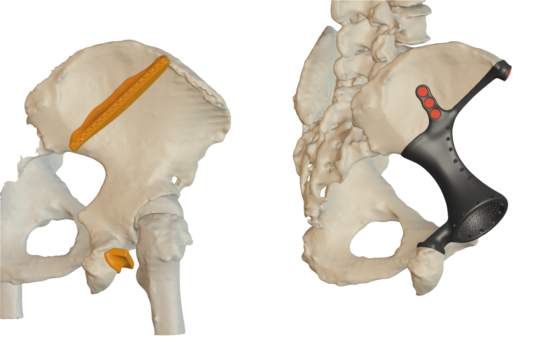



Oncological articular components
Implants for reconstruction or replacement of the articular surface. Implants are adapted to the required friction pair (titanium-titanium, titanium - UHMWPE), contain various fixation elements for reliable and long-term operation.
3D printing technology makes it possible to produce products of complex shapes, taking into account the anatomical features of the joint
- Reduced surgery time
- Less risk of infection
- Anatomical reconstruction of the defect
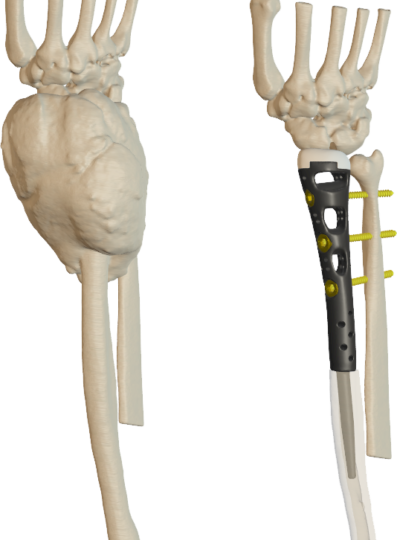
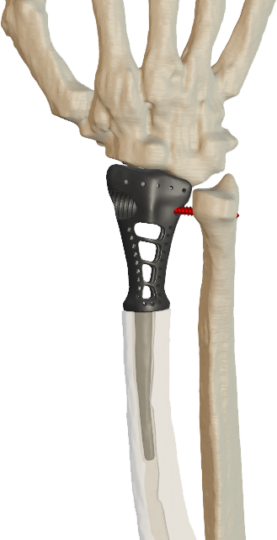


Maxillofacial components
Individual components for replacing facial fragments made from various biocompatible materials. Provide optimal reconstruction of the middle and / or lower third, which leads not only to functional, but also to aesthetic reconstruction.
This product is available in various configurations and materials:
Titanium (solid and mesh)
PEEK (solid and mesh)
UHMWPE
- Reduced surgery time
- Less risk of infection
- Anatomical reconstruction of the defect

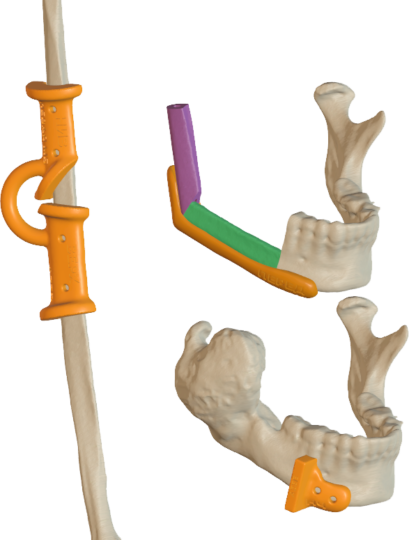


Miscellaneous
Implants for reconstruction of various defects. The technology allows replacing both large defects and small bone fragments.
This product is available in various configurations and materials:
Titanium (solid and mesh)
PEEK (solid and mesh)
UHMWPE
- Reduced surgery time
- Less risk of infection
- Anatomical reconstruction of the defect
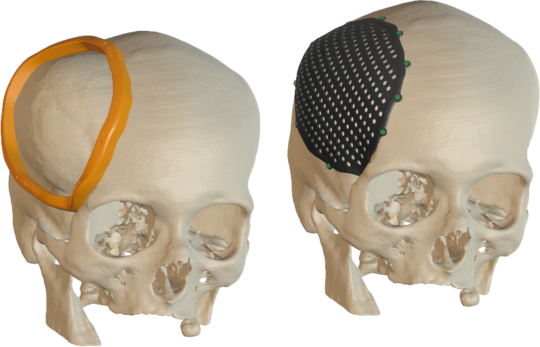

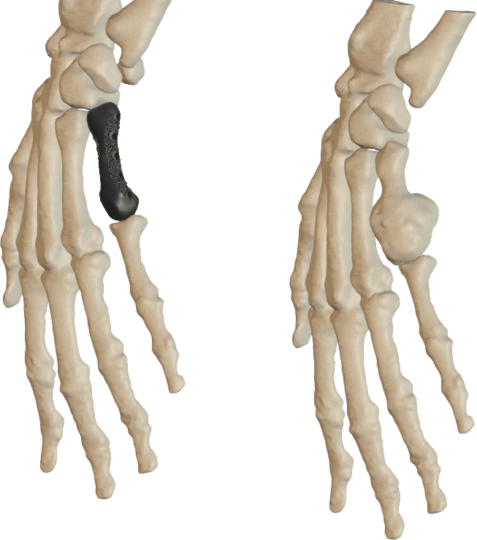



Materials
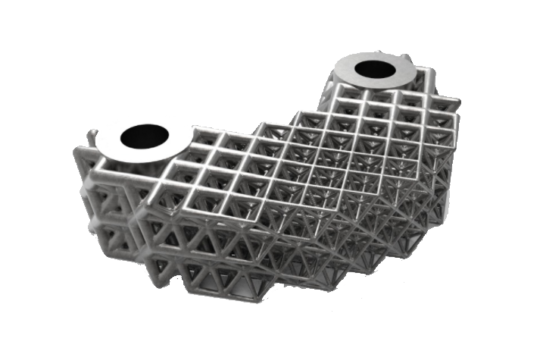
Ti6Al4V ELI
The best material for the creation of implants and other medical devices is currently considered to be titanium and its alloys, which have a full range of properties that meet the requirements of medicine: high corrosion resistance, sufficient mechanical and cyclic strength, and wear resistance.
Sterilization of products from titanium alloys by boiling, autoclaving, formalin vapor, burning, immersion in alcohol does not damage the metal surface.
Due to the biological inertness of titanium structures to the human body, during implantation, they are not rejected and do not provoke allergic reactions, quickly being covered with musculoskeletal tissues, the structure of which remains constant throughout subsequent life.
It can be used both in solid models and in the form of a titanium mesh, or a porous cellular structure for better osseointegration.

Photopolymer Resin
Biocompatible material, ISO 13485 compliant and designed for healthcare professionals worldwide. Such medical materials can be used for applications that require contact with the patient’s skin, mucosa and blood.
Used for the production of medical guides, fixation templates and sterilizable anatomical models
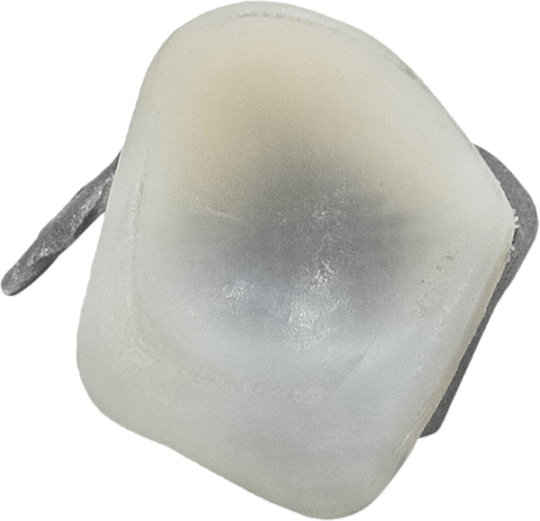
UHMWPE
UHMWPE has very low water absorption for organic polymer compounds, therefore the properties of UHMWPE do not change when exposed to water. The main properties of UHMWPE, which determine its use, are very high wear resistance, low coefficient of friction and high fracture toughness.
It is used for the production of titanium / polyethylene friction pairs
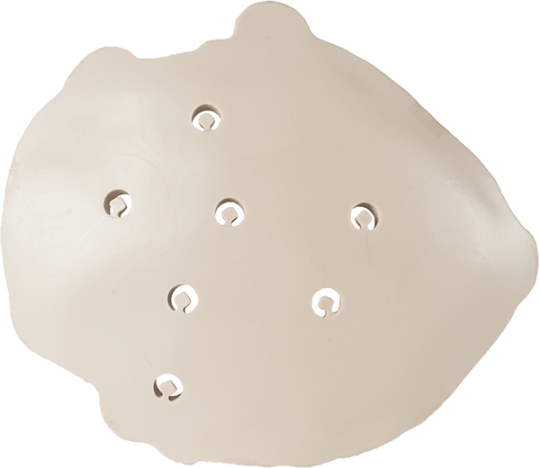
PEEK
PEEK is a synthetic material that has many advantages in CMF reconstruction surgery: strength, stiffness, chemical inertness and durability. PEEK is used for cranioplasty and facial implants.
The material can be sterilized and reused (in case of failure due to infection) and can be easily modified during surgery using surgical instruments.
PEEK, as a polymer, has an extremely low thermal conductivity compared to titanium, which already has a low thermal conductivity compared to other metals.